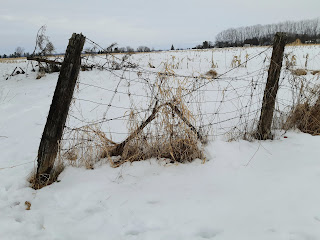"Don't think. Thinking is the enemy of creativity. It's self-conscious, and anything self-conscious is lousy. You can't try to do things. You simply must do things." Ray Bradbury
I had written an entire blog post for this month, then decided I wasn't happy with it.
How often do we decide we're not happy with our art or writings or whatever, then re-work it. Or maybe just live with it for a while before deciding on a fix. Or worse, realizing the last few steps need to be undone, like when we discover a problem with knitting or sewing and have to unpick dozens of stitches. Ugh!
And yet these are a normal part of the creative process. A writer is not done after doing just a first draft. It can take many edits before the author is satisfied with what they have written. That's what happened with my blog post. I'm not deleting it, but it will need to sit for a while before I decide what needs to be changed or removed or added. I don't know what it will look like or morph into - or if I will end up eventually deleting it. I know I can't force the post to happen. I just have to sit with it for a while longer.
Which brings me to art we made years ago. You know, those pieces we liked (or not) at the time, but have now outgrown them. They may have been hidden away for a time. Maybe there are some unfinished ones. I don't like to just throw them out. So I've taken to having a good look to see if I can update them or maybe embellish.
Two years ago I cut an older piece of art into strips and wove them together, adding in other materials and embellishments. I was delighted with the new piece (below) and included it as part of a gallery show by my Fibre 15 group. The original piece was neither a success nor a fail, but rather was created as a possible background for future art. By re-working, we can breath new life and possibilities into our art.
 |
| "Woven Stories" Shown at Art Pontiac's Stone School Gallery in 2022 |
Another piece I cut up (below) to use as ATCs (artist trading cards). There is enough left to cut several more ATCs for an upcoming swap in July, and to which I will add some stitching and embellishments to complete them.
 |
| Old textile art being cut up for use in artist trading cards |
As I sort through lots of older art pieces and as I'm moving in a couple of months, I'm deciding which art and supplies to keep, which to purge, what I will probably never use again, what to give away, and what has potential to re-work into new art.
Until next month,
Anne
Related posts:
Broken Saucer Leads to Creative Discoveries
Artist Trading Cards: Deceptively Creative for Problem Solving Skills






.JPG)






































